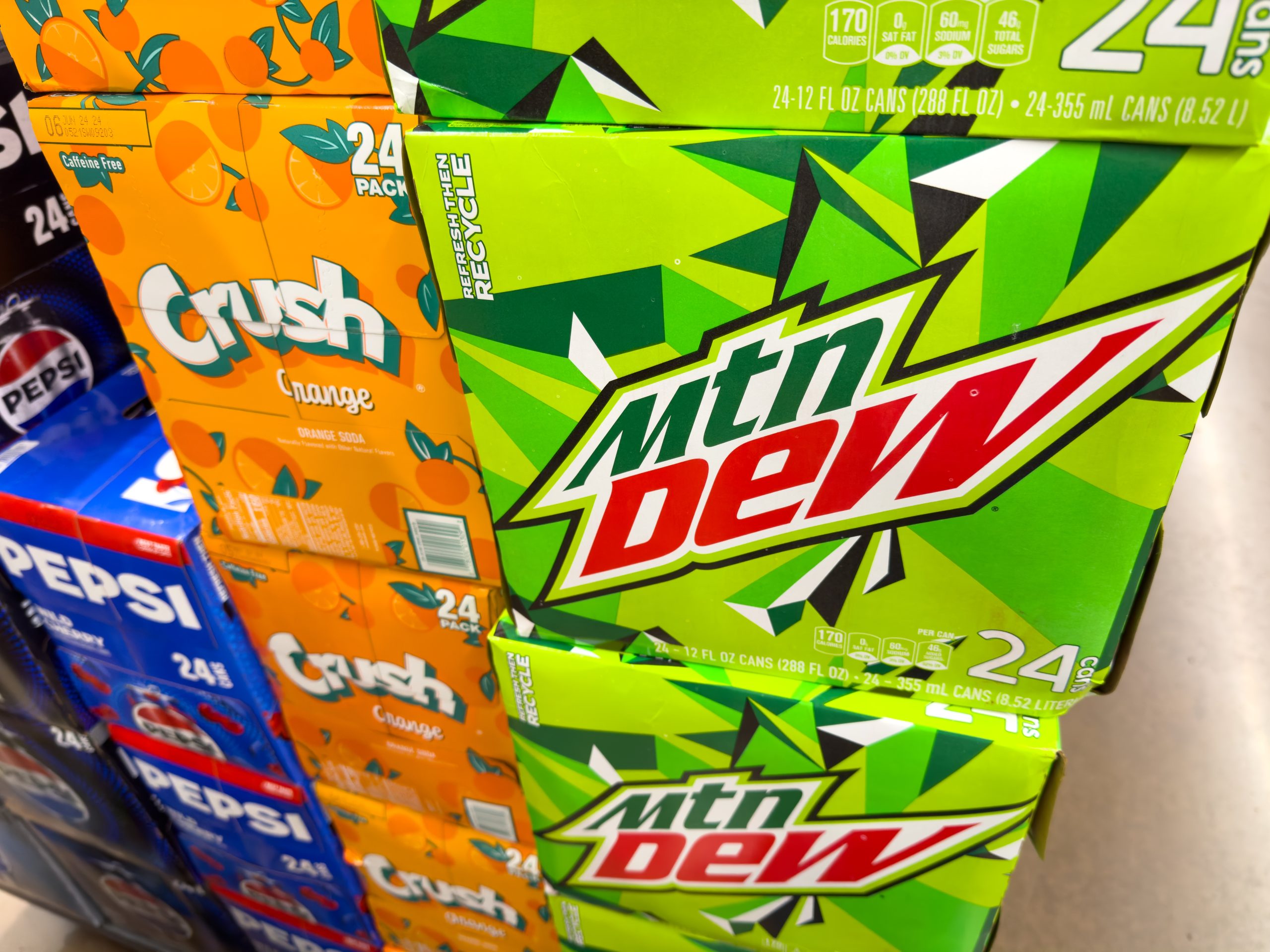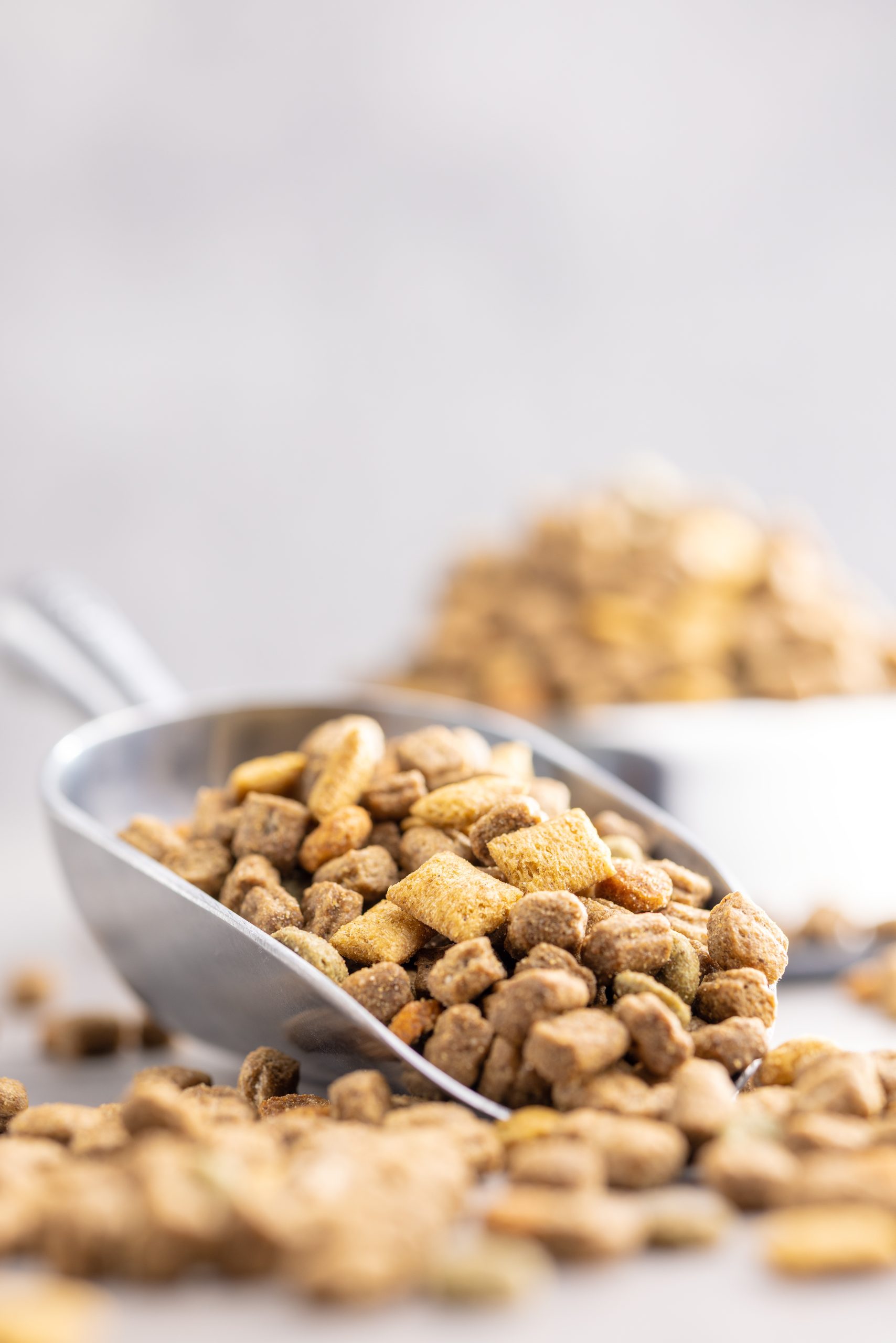The design of a grocery store is never accidental. The layout is engineered for one specific goal. This goal is to maximize customer exposure to products. Stores achieve this by placing the most essential items in inconvenient locations. These are known as “destination products.” They are strategically located to force customers to traverse high-margin aisles. This strategy ensures shoppers see nearly every item available before reaching their planned purchase.

Image source: shutterstock.com
1. Milk
Milk is the most universal destination item for nearly every shopper. It is almost always at the far back wall or in the very last aisle. This placement requires the customer to walk the store’s full length. As they walk, they pass produce, bakery, and high-profit center aisles. Milk’s location maximizes the chance of impulse buying.
2. Eggs
Eggs are another necessary staple consistently in the deepest, coldest corner of the store. Like milk, their location ensures high traffic flow across the primary shopping space. Placing eggs deep inside the store also subtly reinforces the idea of product freshness. This encourages shoppers to view the location as a source of high-quality dairy.
3. Bottled Water and Soda Cases
Heavy, high-volume items like bottled water cases and multi-packs of soda are almost always placed near the back. Their weight is a factor in this decision. Placing them near the back stockroom simplifies restocking logistics. It also ensures the customer carries the heavy item for the shortest time, right before checkout.
4. Pharmacy and First Aid
The pharmacy counter and common first aid items are frequently tucked away in a quiet, distant corner. This section contains planned, non-food purchases. Hiding them ensures that the shopper must first pass through all the food aisles. This trip exposes them to impulse buys, such as snacks and seasonal goods, before they reach their intended destination.
5. Bulk Spices and Baking Supplies
Specialized baking ingredients and large containers of spices are often located deep within the center aisles. These items are destination purchases for planned cooking projects. They are deliberately placed in a confusing grid layout. This placement prevents the shopper from taking a shortcut and encourages aimless browsing in the high-profit center section.
6. The Store Deli and Butcher Counter
The high-margin deli counter and butcher shop are deep along the store’s perimeter. This area contains attractive, custom-service items. Placing them along the back wall forces the customer to walk the entire perimeter of the fresh food section. This traversal maximizes the chance of adding high-value meat or prepared sides to the cart.
7. Pet Food

Image source: shutterstock.com
Pet food is a heavy, high-volume product that every pet owner must buy. It is frequently located in one of the final aisles near the back. Its heavyweight makes it inconvenient to shop for. Placing it deep inside the store ensures that the shopper’s main cart is already full of smaller, impulse items before they tackle the heavy bags.
8. Small Appliances and Hardware
Grocery chains often stock small appliances, kitchen gadgets, or basic hardware. These high-margin, non-food items are usually at a rear, dedicated corner. They are usually next to the pharmacy or seasonal goods. Hiding them guarantees that the shopper passes through the maximum amount of food inventory before reaching these infrequent, high-profit purchases.
The Strategy of Forced Traversal
The store layout is a meticulous exercise in forced traversal. Every destination item is strategically placed to maximize the distance the shopper must travel. This ensures maximum product exposure. The ultimate goal is simple: the more items you see, the more you are likely to buy on impulse.
